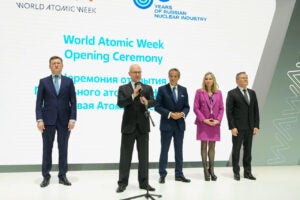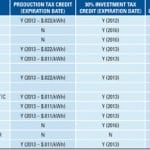With one of the most aggressive Renewable Portfolio Standards (RPS) in the country-a whopping thirty three percent of electricity sold in California must come from renewable energy by 2020-California is always looking for new ideas and innovation to stimulate renewable development. Last December, California came up with a winner, embraced by developers, utilities and free-marketers alike-a reverse auction mechanism (RAM) for procurement of renewable energy from small projects. Like any new policy, California’s RAM program was fine-tuned in subsequent proceedings, and now, it’s ready to go.
In August 2011, the California Commission adopted rules for the RAM program, available online here. The RAM program works as follows. California’s utilities are required to procure 1,000 MW (collectively) of renewable power using the RAM through auctions that will be held two times per year. To participate in the RAM program, renewable energy sellers submit price bids to the utilities during the auctions. The program is open to renewables between one and 20 MW. In addition, sellers must show that they have made substantial progress with the California Independent System Operator, the state’s wholesale market, on interconnection to be eligible to compete in the auction.
The utilities then select the projects with the lowest price first. Once a bid is selected, the seller and the utility execute a standard power purchase agreement with a term of 10, 15, or 20 years, which incorporates the seller’s bid price. Winning projects are required to achieve commercial operation within 18 months of approval of the contract by the CPUC, with one six month extension allowed. The first auction will take place this fall and the second in Spring 2012.
Offshore Renewable Energy Coalition commends the California commission’s innovative program, which strikes a balance between encouraging renewables while giving them incentive to come down in cost. Unfortunately, once again, marine hydrokinetics (MHK) projects are likely to be boxed out of another benefits program. It’s not that MHK isn’t cost competitive. MHK projects can potentially rival PV, and costs will go down rapidly once projects get in the water. The greater hurdle for MHK is the development period required for projects-the California program is open only to projects that can be commercially operational within 18 months of a contract. In today’s regulatory climate, 18 months will barely take developers past the first round of studies.
With states like California fighting strict timelines to comply with RPS requirements, we can’t expect them to wait for technologies to plow through lengthy regulatory processes. Rather than change these programs, we’ve got to change the regulatory process and reduce the time and cost involved. OREC will keep working towards that goal.
—Carolyn Elefant is a veteran Washington energy lawyer and general counsel to the Ocean Renewable Energy Coalition (OREC). This article first appeared in OREC’s newsletter and is reprinted with permission.








